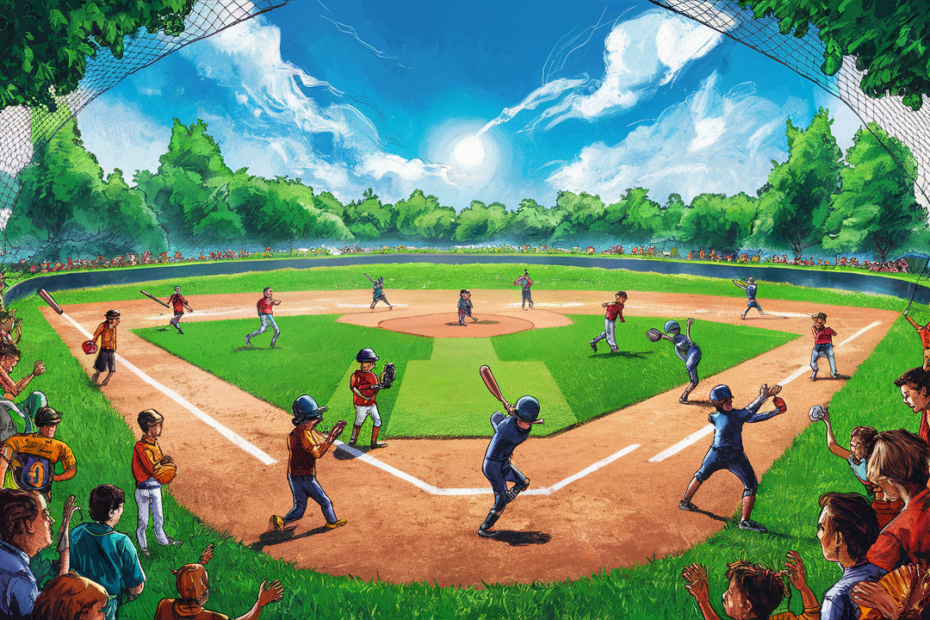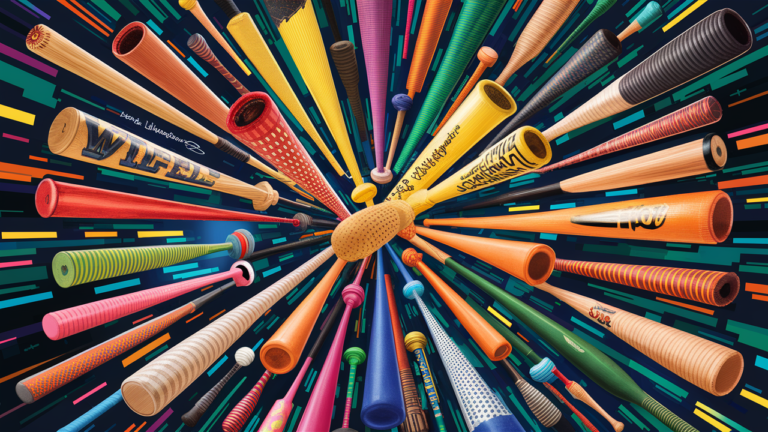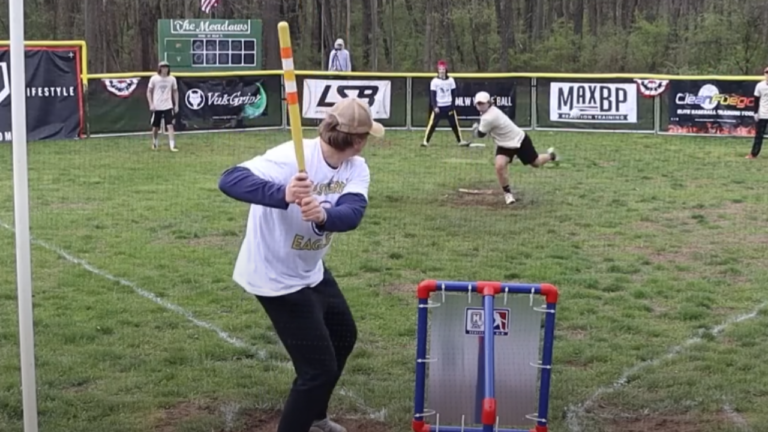Ever wondered about the perfect setup for an epic Wiffle ball showdown? You’re in luck! Whether you’re a backyard champion or just getting started, knowing the official Wiffle ball field dimensions can take your game to the next level. Picture this: a miniature baseball diamond where plastic bats and perforated balls reign supreme. It’s time to transform your space into a Wiffle wonderland. In this guide, we’ll break down everything you need to know about creating the ideal Wiffle ball field layout. Get ready to impress your friends and dominate the neighborhood tournaments with your regulation-sized setup.
Official Wiffle Ball Field Dimensions
Hey there, Wiffle ball enthusiast! Ready to set up your own field? Let’s dive into the official dimensions that’ll make your game legit. Don’t worry, it’s not as complicated as building a rocket ship!
The Basics
First things first, you’re looking at a diamond shape, just like in baseball. But here’s the kicker: it’s way smaller. Your Wiffle ball field should be about 20 feet wide and 60 feet long. That’s right, it’s like baseball’s cute little cousin!
Home Plate to Pitcher’s Mound
Alright, let’s talk about the distance from home plate to the pitcher’s mound. In Wiffle ball, you want to set this at a cozy 30 feet. It’s close enough to keep things exciting but far enough to give batters a fighting chance.
Baselines and Foul Lines
Now, for the baselines. You’ll want to measure out 40 feet from home plate to first base, and the same for third base. Second base? That’s sitting pretty at 56 feet and 6 inches from home plate. Don’t forget to chalk those foul lines extending from home plate through first and third bases.
Outfield Fence
Last but not least, let’s talk about that outfield fence. If you’re feeling fancy, set it up at 85 feet from home plate in all directions. But hey, if you’re playing in your backyard, don’t sweat it. Just use what you’ve got!
Remember, these dimensions are perfect for official play, but Wiffle ball is all about having fun. So if you need to tweak things to fit your space, go for it! The Wiffle ball police won’t come knocking, promise.
Laying Out a Regulation Wiffle Ball Field
Ready to set up your own wiffle ball field? You’re in for a treat! Let’s walk through the process of laying out a regulation field that’ll make you feel like a pro.
Measuring and Marking
First things first, grab your measuring tape and some field marking chalk. You’ll want to start with the diamond shape. Measure out 50 feet from home plate to first base, then to second, third, and back to home. Pro tip: use string to keep your lines straight!
Now for the outfield. From home plate, measure 95 feet to left and right field foul lines. For center field, go 100 feet out. Connect these points to form your outfield boundary. Voila! You’ve got yourself a regulation wiffle ball field.
Adding the Extras
Don’t forget the pitcher’s mound! Place it 40 feet from home plate, right in the center of the diamond. A small rubber mat or a chalk circle will do the trick.
Want to go the extra mile? Consider adding foul poles at the corners of your outfield. They don’t need to be fancy – PVC pipes or even tall sticks will work. Just make sure they’re visible!
Final Touches
Last but not least, mark your batter’s box. It should be 3 feet wide and 7 feet long, with the back line 4 feet behind the center of home plate.
Remember, these dimensions are for a regulation field, but don’t sweat it if you need to adjust for your backyard or local park. The most important thing is to have fun and play ball!
Wiffle Ball Field FAQs: Answering Common Wiffle Ball Field Questions
How big should a Wiffle ball field be?
The size of your Wiffle ball field can vary, but typically, you’re looking at a smaller scale compared to a regular baseball diamond. A good rule of thumb is to aim for about 20-30 feet from home plate to the pitcher’s mound, and around 60-90 feet to the outfield fence. Remember, you can always adjust these dimensions based on your available space and player preferences.
Do I need special equipment to set up a Wiffle ball field?
Not at all! That’s the beauty of Wiffle ball – it’s super low-maintenance. You can use everyday items to mark your field. Think about using lawn chairs for bases, spray paint for foul lines, or even a piece of cardboard for home plate. Get creative with what you have on hand!
Can I play Wiffle ball in my backyard?
Absolutely! Backyards are perfect for Wiffle ball. The lightweight ball won’t travel as far as a regular baseball, making it ideal for smaller spaces. Just be mindful of windows and other breakables nearby. And hey, if your yard has some quirky features like trees or slopes, incorporate them into your field for some added fun and challenge.
How many players do I need for a Wiffle ball game?
The great thing about Wiffle ball is its flexibility. You can play with as few as two people (one pitcher, one batter) or gather a larger group for a more traditional game. Most casual games work well with 3-5 players per team. Just adjust the rules to fit your player count and have a blast!
Conclusion
So there you have it – everything you need to know about setting up an official wiffle ball field. Whether you’re organizing a neighborhood tournament or just want to play by the book in your backyard, these dimensions will help you create the perfect playing area. Remember, part of the fun of wiffle ball is its flexibility, so don’t stress if you need to tweak things to fit your space. The most important thing is to get out there, grab that lightweight plastic ball, and start swinging. Who knows? With a properly sized field, you might just become the next wiffle ball champion on your block. Now go play ball!



